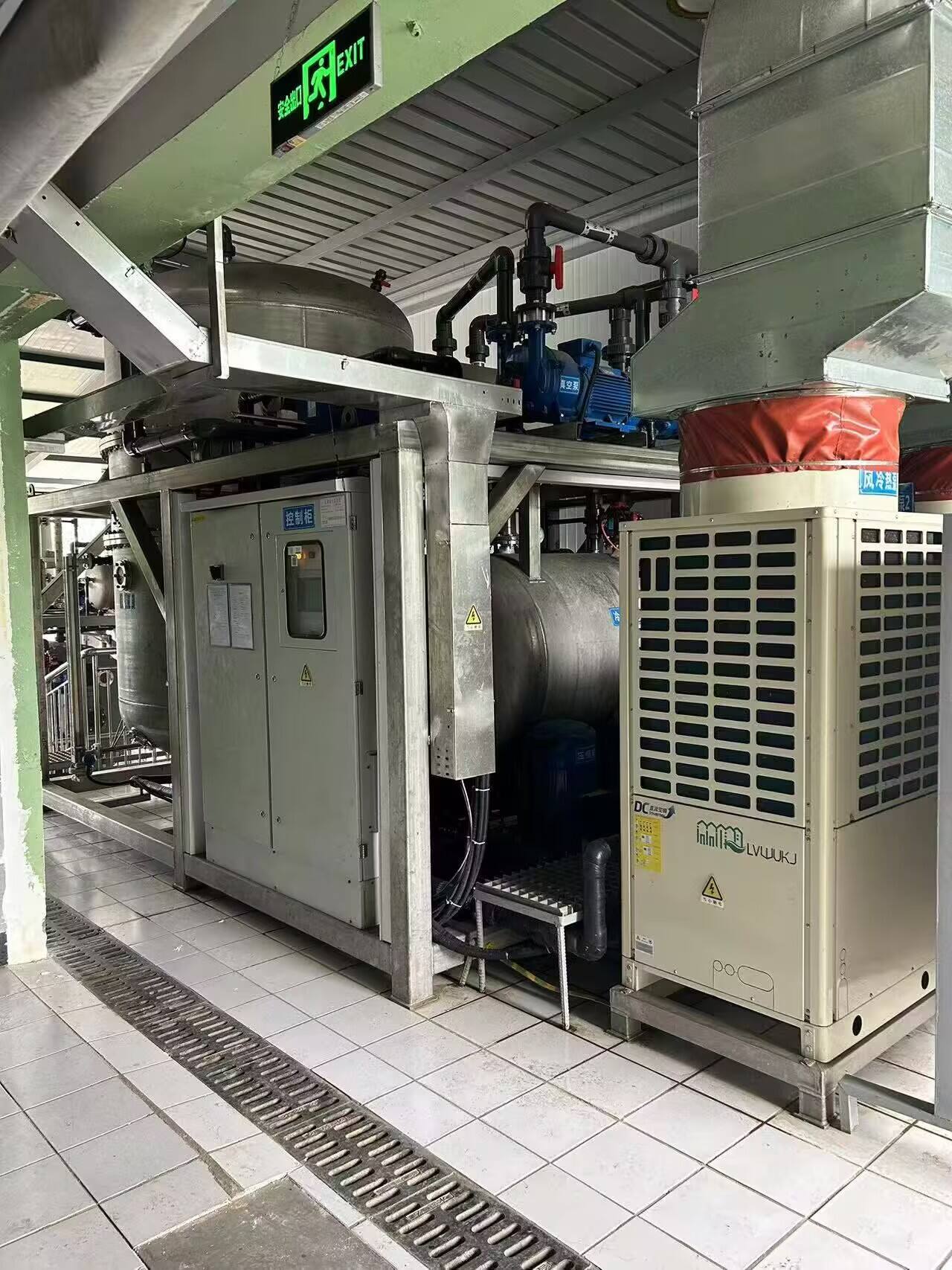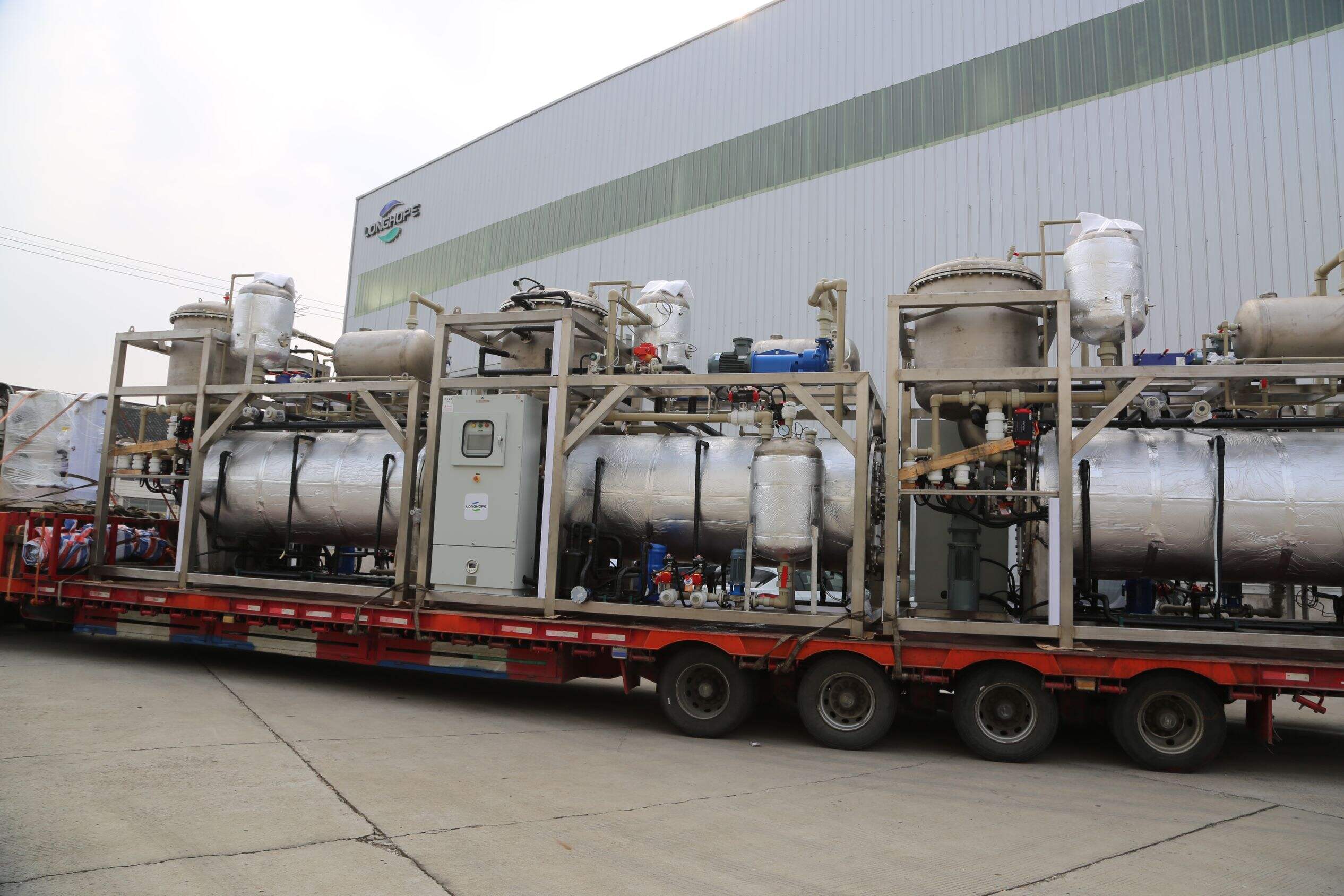effluent treatment plant in pharmaceutical industry
An effluent treatment plant (ETP) in the pharmaceutical industry serves as a critical infrastructure for managing and treating wastewater generated during drug manufacturing processes. These specialized facilities employ a combination of physical, chemical, and biological treatment methods to ensure that discharged water meets stringent environmental regulations. The plant typically consists of multiple stages, including primary treatment for removing solid waste, secondary treatment involving biological processes to break down organic compounds, and tertiary treatment for final purification. Advanced technologies such as membrane filtration, UV disinfection, and activated carbon treatment are commonly integrated to handle the complex chemical compositions present in pharmaceutical wastewater. The system continuously monitors parameters like pH levels, chemical oxygen demand (COD), biological oxygen demand (BOD), and total suspended solids (TSS) to maintain optimal treatment efficiency. Modern ETPs also incorporate automation and digital control systems for precise operation and real-time monitoring. This infrastructure is essential for pharmaceutical companies to maintain environmental compliance, protect public health, and demonstrate corporate responsibility in waste management.


